Saturday, December 9th, YMCA-Building in Wuerzburg: about 100 people from nearly 50 initiatives, communities and movements – which are active in Germany and connected in the network Together for Europe – come together for their annual national meeting.
“Together – how otherwise?” This is the headline that summarizes for me for what we experienced on this day in Würzburg. Such a long way travelled together that has brought out what unites us and how much power reconciled togetherness has! “Indeed a „Culture of Togetherness“ becomes clear, and I wish with all of my heart that it may gain ground in our communities, in our country and in the whole of Europe”. That was how, Sr. Nicole Grochowina from Christusbruderschaft Selbitz summarized her impression of the day. And she continued: “Therefore I am fully in favor of continuing to visit each other and go beyond our borders; we should find new friends in east and west and go on to shape togetherness throughout Europe – and be enriched by this”.
Theme of the Day
Besides a review of experiences in Together for Europe 18 years after it began, this year the question about the future way forward for the ecumenical network was the focus of our shared thinking.
„Unity among the people of God is a challenge for the future of Together for Europe, especially on how east and west Europe can come together more”, Gerhard Pross reported from the recent meeting of the European group of “Friends” of Together for Europe in Vienna.
Experience of Togetherness
Many of the participants spontaneously reported about their positive experiences during the commemorations of the 500th anniversary of the reformation. There were also good experiences with “Prayer for Europe” on the occasion of 60th anniversary of the Treaties of Rome and after the Reconciliation Service between the Protestant and Catholic Church in Hildesheim. Roswitha Fuerg, from the Focolare-Movement in Solingen was „impressed by the openness and depth in Together for Europe that has grown over the years”. The spontaneous reports of the participants showed how God leads people of different denominations and communities to get involved in this work for unity in many places“.
- 20171209_62056WuerzburgMiteinander_FotoBrehm
- 20171209_62060WuerzburgMiteinander_FotoBrehm
- 20171209_62072WuerzburgMiteinander_FotoBrehm
- 20171209_62086WuerzburgMiteinander_FotoBrehm
- 20171209_62089WuerzburgMiteinander_FotoBrehm
- 20171209_62074WuerzburgMiteinander_FotoBrehm
Fruits of Together for Europe after 18 years
Using the image of a growing tree, Sr. M. Vernita Weiss from the Schönstatt Movement made us envisage the fruits of Together for Europe after 18 years. She mentioned the deep roots from which a fruitful tree for the unity of Europe has grown and is growing.
Europe in the midst of challenges – A Culture of Togetherness
Regarding a Europe facing a lot of challenges from the political point of view, Gerhard Pross considered the task of Together for Europe first of all as living togetherness and mainly involving oneself in prayer for Europe. But a discernment of spirits is also required. „At a time, when the old negative spirits that led Europe repeatedly into disasters are coming up again, we say our No to nationalism and state more clearly our Yes to the Gospel, to reconciliation and to love (…). We say Yes to a culture of relationships and covenants – No to simplistic and ‘one size fits all’ solutions. (see also the address by Gerhard Pross in Rom, 24.3.2017
Steps towards the Future
Regarding the next steps, the participants shared the suggestions which had been developed during the annual meeting of the “Friends” of Together for Europe in Vienna. Especially highlighted were for example, encounters and mutual opportunities to meet and get to know each other with partners in Central and Eastern Europe as well as the idea to plan May 9th (already considered Europe Day) in 2018 and 2019 as a “Together for Europe Day” in the cities and regions.
„We felt a deep atmosphere of mutual appreciation and respect, but also of truth“, said Elisabeth and Hans-Georg Hagmann from Schönstatt movement describing their impressions. Johannes Golling, Leader of Julius-Schniewind-Haus e.V. (house of spirituality), summed up his experience of the day: „Meeting and visiting each other, making friends, listening to each other and being open to what is holy for the other person – that developed a dynamic exchange in the past which was illustrated today by plenty of examples”.
See also the detailed report on the German homepage>
Text and photo: Heinrich Brehm


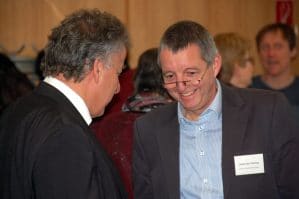

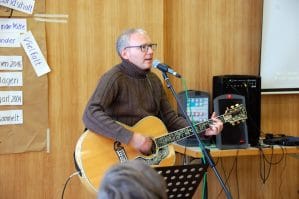
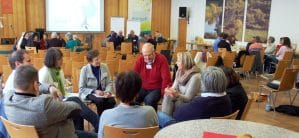
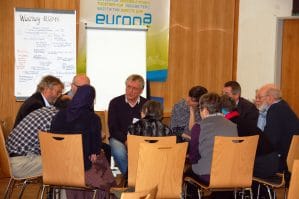
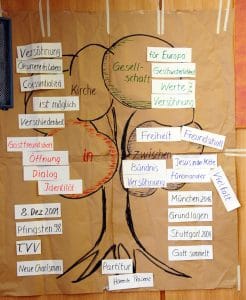
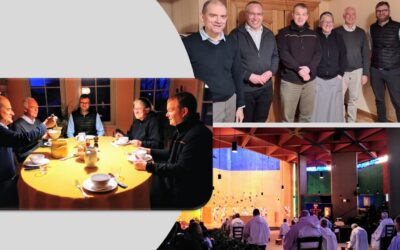
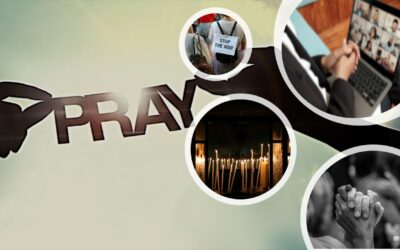
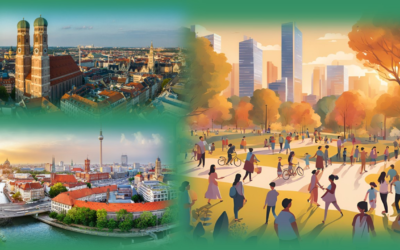
0 Comments